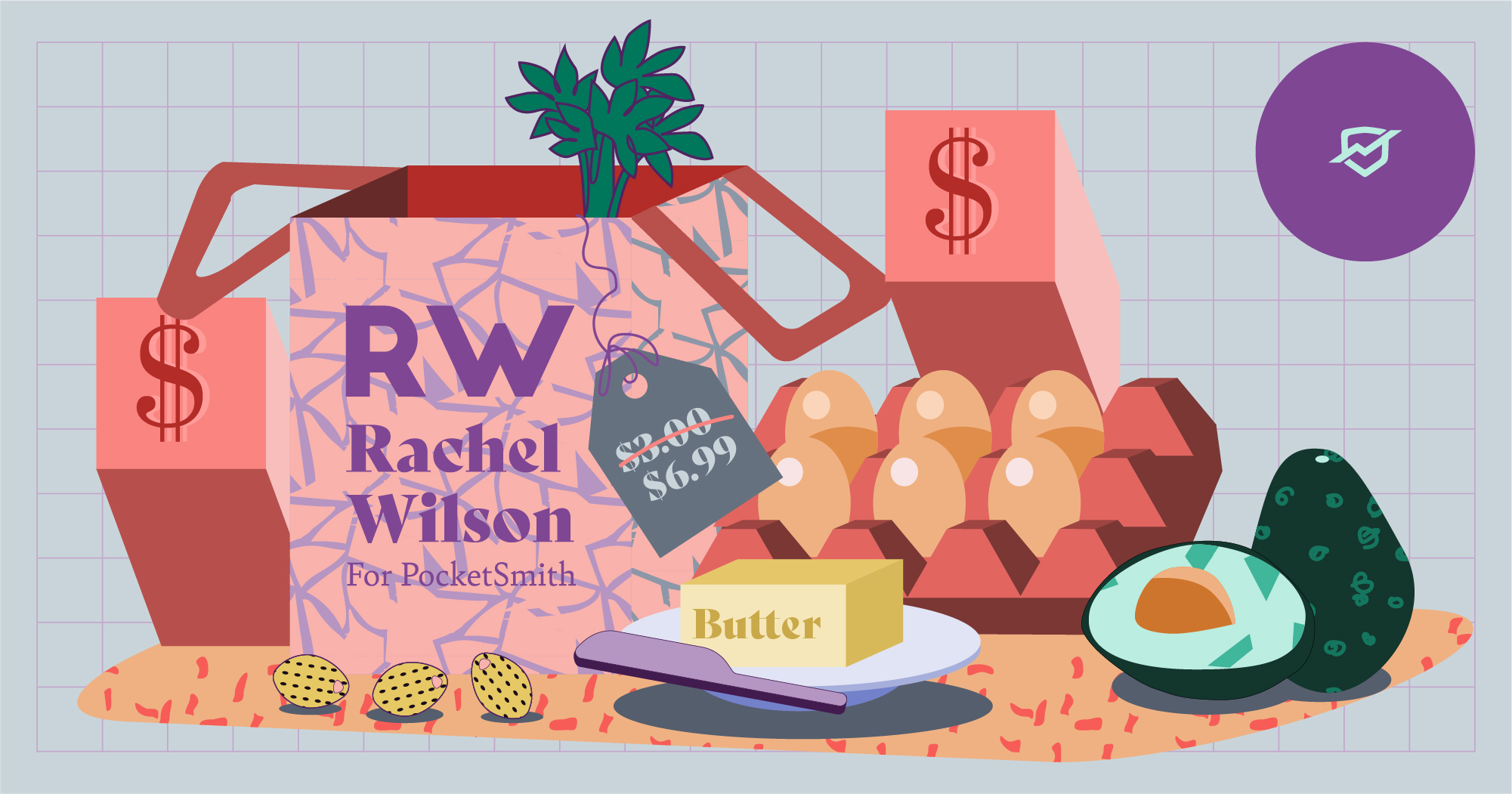
I’ve never been so grateful to live in a walkable town. It means I don’t need a car.
I take public transport. Or I carpool with friends. Mostly, though, I throw on a jacket, lace up my walking shoes, and get those steps in. It’s good exercise. It keeps me fit, clears my head, and lifts my Vitamin D levels.
It also saves me a metric heckton of money. In 2021, the AA estimated the annual cost of owning and running a small vehicle to be $8,060. Compass Business Partners put it at a whopping $11,500. More recently, MoneyHub estimated running costs alone to be around $6000 a year.
By comparison, wearing through a $200 pair of running shoes every three months doesn’t seem so bad.
You know that as well as I do. Costs just keep going up: Fuel, groceries, rent… Everywhere you look, people are doing it tough. Budgets are trimmed to the bare necessities. Side hustles are booming. Friday night takeaways are out, and eggs on toast are in.
As a freelancer, I’m not immune to the pressure. On the contrary: I’m reliant on my clients having enough business coming through the door to trickle down to me. I’m constantly looking for ways to add value and build my network.
In the meantime, I deal with the cost of living crisis in two main ways:
Don’t worry, this isn’t a “rice and beans” talk (all due respect, Dave Ramsey). You don’t need me to tell you to put the luxury brands back on the shelf and reach for store-brand instead. I’m just telling you a few things that work for me.
As part of my end-of-year review, I changed my grocery budget from a weekly amount to a yearly amount. Now that I’m a few months into the year, I’m really seeing this pay off.
PocketSmith calculates the average of that annual spend for me, so I still have a rough target for my weekly shop. It evens out the bumps and stops any spending creep. As a bonus, I’m way less stressed about going over that threshold once in a while. It’s no big deal. I know it will even out over time.
Last week, I nearly dove head-first into a voluntary $300 expense. I had enough in my budget, and next month would take care of itself, right?
Hold up, I thought, let me just check next month’s calendar first…
Whew! I’m glad I did. Sitting there, bold as brass on the first of the month, was an annual subscription renewal — a $300 lump-sum expense that I couldn’t avoid, couldn’t postpone, and couldn’t pay in smaller installments. Good thing I hadn’t committed to the extra spend for this month!
This is something any money blogger will harp on (and on) about, but we have good reason to! An emergency fund is your safety net. It’s the thing that stops you sinking into credit card debt, or worse, when something goes wrong. It’s peace of mind. It’s a massive decrease in financial stress. Even as little as $1000, stashed away in a separate account, gaining interest and being available when you need it, can be a life changer.
When it comes to the rising cost of living, I’m aware my clients are feeling it just as much as I am. I keep an open line with them. These tend to fall into two categories: “Brakes On” chats, and “Accelerator Pedal” discussions.
As a freelance writer, naturally my money conversations extend to my clients. This is especially critical with my weekly clients, whose regular invoices make up more than 50% of my income. It’s nothing formal, but once every few months, I make a point of opening a casual dialogue with them:
How’s your workload? Are you overworked? (And is it something I can help with?) How’s your budget looking for the next quarter? If we need to take a break for a few weeks, put a project on hold, drop some internal work and concentrate on external billables for the moment, we can do that. Let’s have a conversation around that.
Essentially: How’s business holding up for you, and do we need to put the brakes on?
The flip side of this is…
Whether it’s pitching new projects or raising my rates, this is the opposite of the brake pedal. Open dialogue and negotiation are the key. After all, it’s a conversation. This might look like a video call or an email, but it covers the same ground:
We’ve worked together for a while now. You love my work, you know I deliver on time and with high quality. I bring this, this, and this to the table. We have some great momentum going on X and Y. I would love to continue working with you.
Essentially: We’re on a roll, let’s hit the accelerator.
Ultimately, I’m only human — and so are my clients. We’re all in this together, battling the tidal wave of rising costs and building the boat as we go. I do as much I can, myself, to manage the cost of living. I cut down on any big expenses. I keep an eye on my budgets. I open communication lines with my clients. And I respect them enough to know they’re doing the same thing at their end.
Together, we’ll get through it.
Rachel E. Wilson is an author and freelance writer based in New Zealand. She has been, variously, administrator at an ESOL non-profit, transcriber for a historian, and technical document controller at a french fry factory. She has a keen interest in financial literacy and design, and a growing collection of houseplants (pun intended).